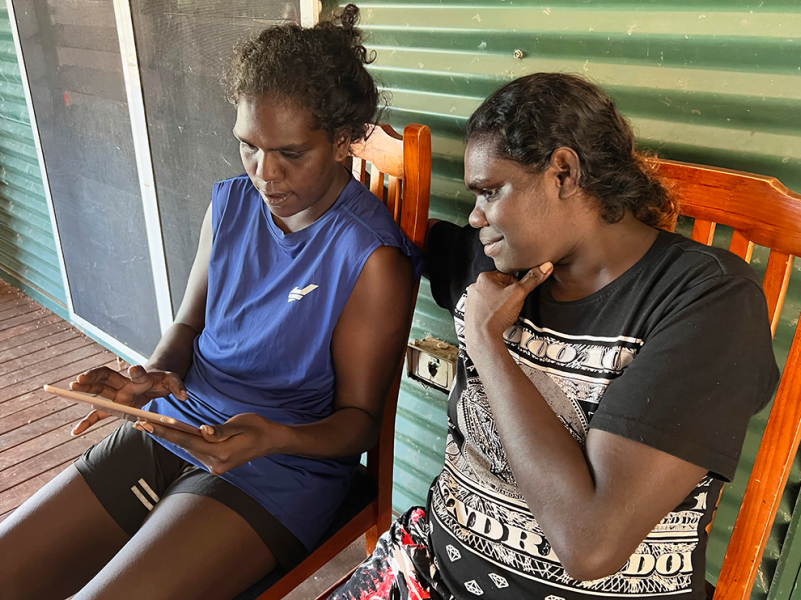A significant gap in access to the benefits of digital technology exists between First Nations and other Australians, with the disparity particularly pronounced in regional and remote areas, according to latest Australian Digital Inclusion Index report.
‘Digital inclusion’ is defined as being able to “make full use of digital technologies and the benefits they bring, while avoiding their potential negative consequences”. The index is produced from three score measuring digital access, affordability, and ability.
The Australian Digital Inclusion Index report is a collaboration between the ARC Centre of Excellence for Automated Decision-Making & Society at RMIT, the Centre for Social Impact at Swinburne, and Telstra.
While the overall national digital inclusion index score improved from 71.1 in 2021 to 73.2, the score for First Nations Australians was 65.9. This is a 7.5 gap when compared to the index score that only includes non-First Nations Australians.
The score with the smallest gap was in digital ability. The gap between First Nations and non-First Nations Australians was 4.3, with the scores at 60.7 and 65.0 respectively.
The Managing the Digital Gap project is the first comprehensive study assessing access to and participation in the digital economy for remote First Nations communities.

Through the project, ten remote communities tracked digital inclusion data and to generate index scores over the three-year period between 2022-24.
When comparing the digital inclusion index scores of First Nations with non-First Nations Australians living in remote areas, the disparity is significantly worse with a relative gap of 21.6. Similarly, the relative gap in very remote areas is 23.5.
While the relative gap between First Nations and non-First Nations Australians in outer regional areas was 5.3, within major cities the relative gap was just 3.1.
Communications minister Michelle Rowland said the data demonstrates that “it’s clear that more needs to be done to improve First Nations inclusion”.
Ensuring Aboriginal and Torres Strait Island people have equal levels of digital inclusion is one of the 19 national targets under the Closing the Gap initiative, which aims to bring socioeconomic indicators for First Nations Australians in line with national averages.
Although the target was included in the national agreement on Closing the Gap in 2019, a lack of data collection meant progress could not be tracked until the Managing the Digital Gap project had been undertaken this year.
The target of equal levels of digital inclusion lies under outcome 17, that “Aboriginal and Torres Strait Islander people have access to information and services enabling participation in informed decision-making regarding their own lives”.
First Nations Digital Inclusion Advisory Group chair Dot West described the internet as a “powerful tool for combating inequality, accelerating development, and progress” for both First Nations individuals and communities.
“The results show that First Nations communities are among the most digitally disadvantaged in Australia. We know, however, that these communities also have a proud tradition of knowledge sharing, innovation, resilience and technical adaptation,” Ms West said.
“Digital inclusion enables individuals to seek, receive and impart knowledge and ideas of all kinds, it vastly expands an individual and communities’ capacity to enjoy their human rights: from education, health care, freedom of expression, economic, social and political development.”
The First Nations Digital Inclusion Advisory Group was established in January to support progress on outcome 17.
Last Wednesday, the advisory group met to discuss its initial engagement with communities and stakeholders and reiterated its commitment to place-based solutions to ensuring equitable access to affordable and reliable connectivity as well as supporting development of digital ability.
This forms the basis of an initial report for the Australian government that is expected to be finalised soon.
Work on the annual digital inclusion index is undertaken between the ARC Centre of Excellence for Automated Decision-Making and Society at RMIT University and the Centre for Social Impact at Swinburne University. It is funded by Telstra.
Do you know more? Contact James Riley via Email.

